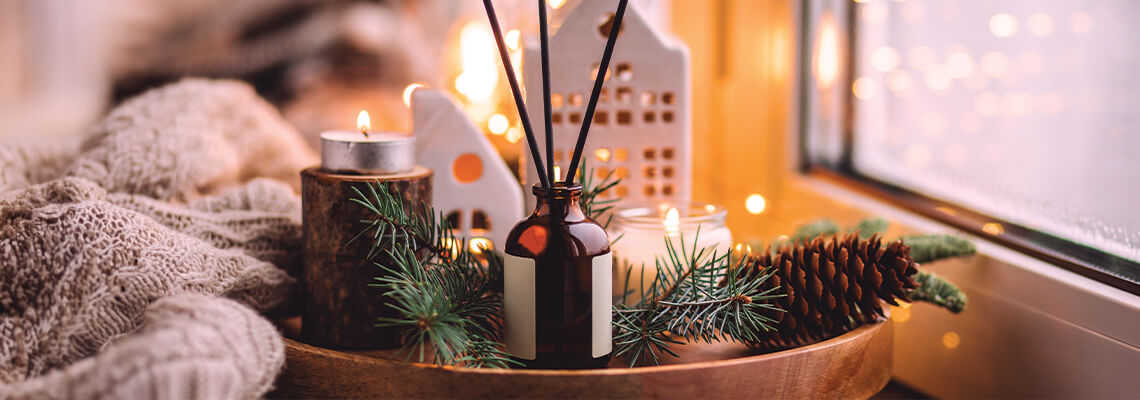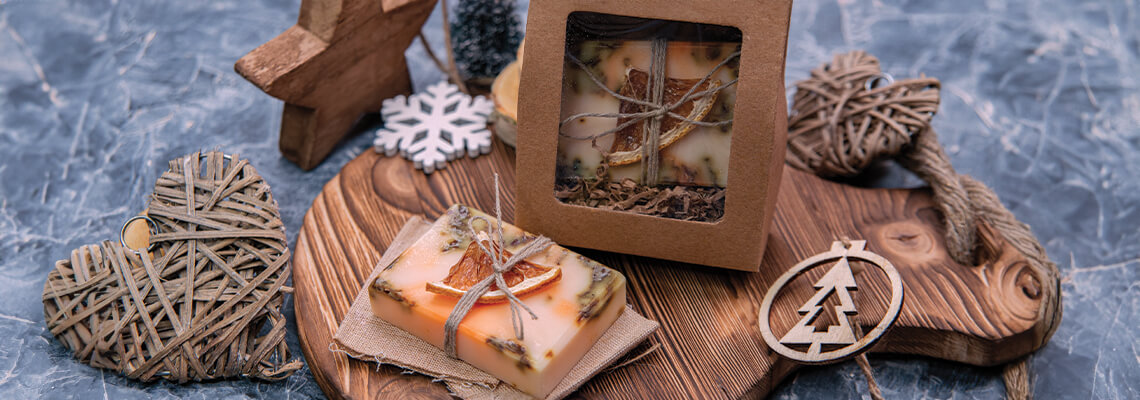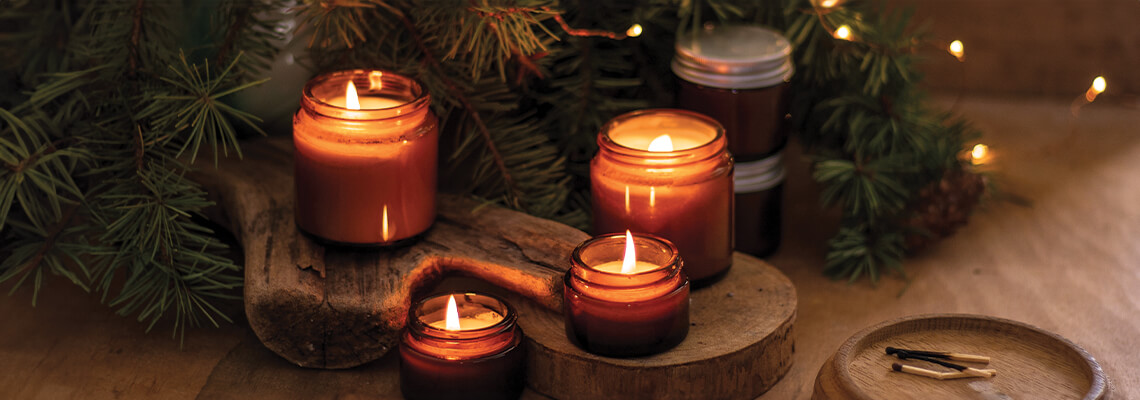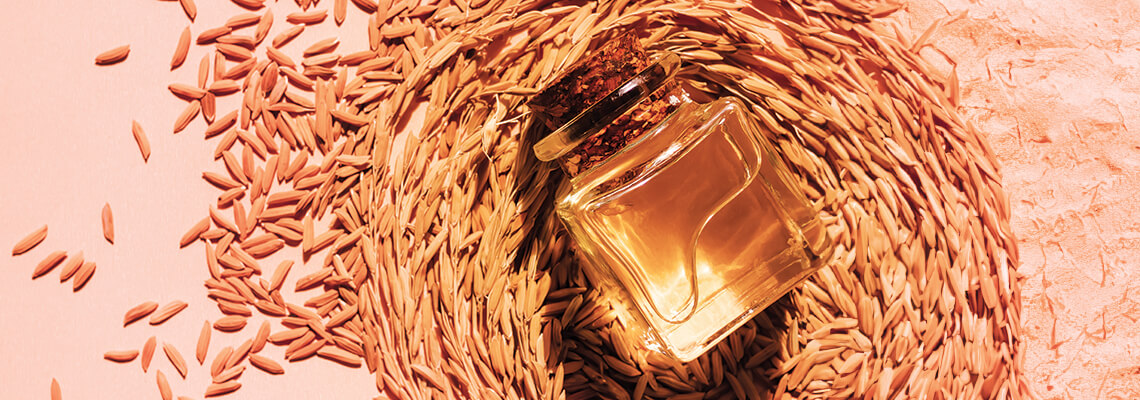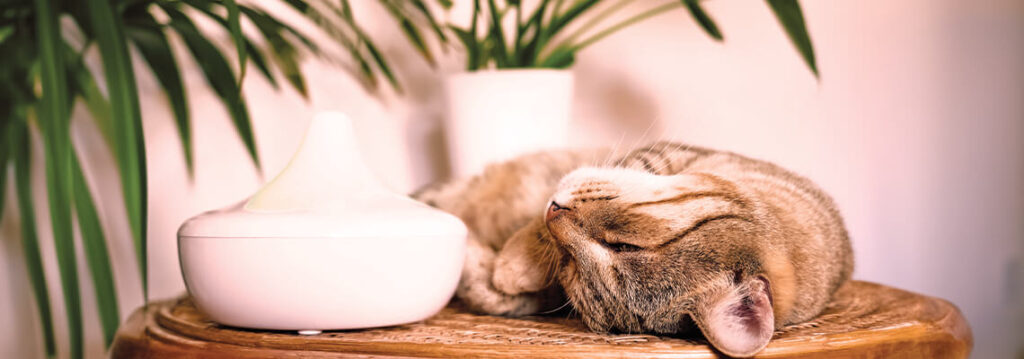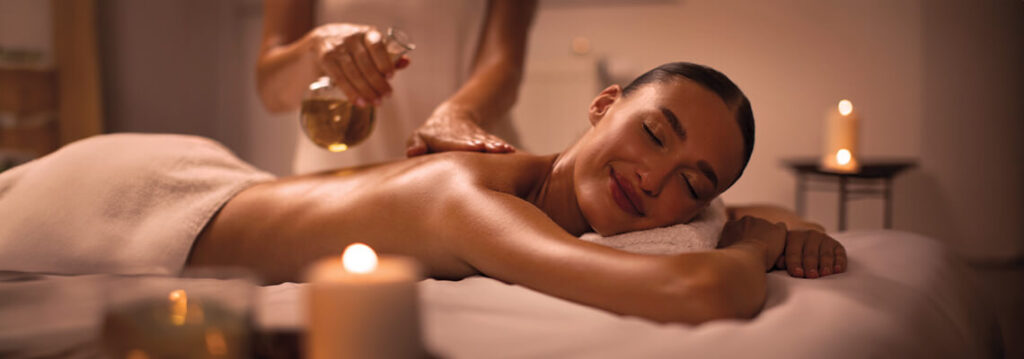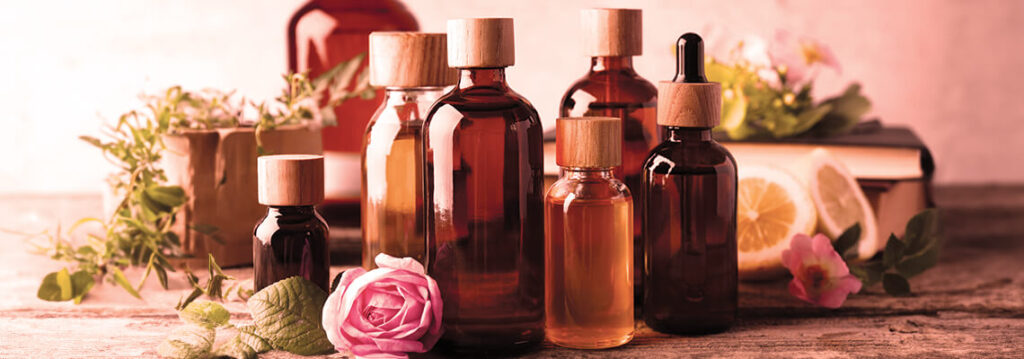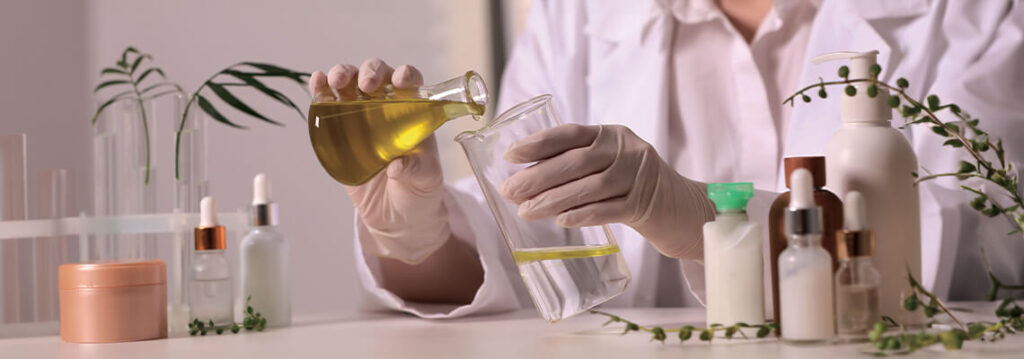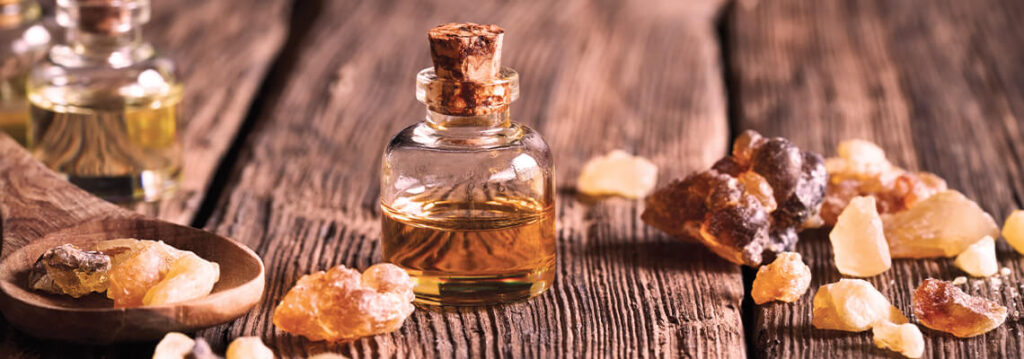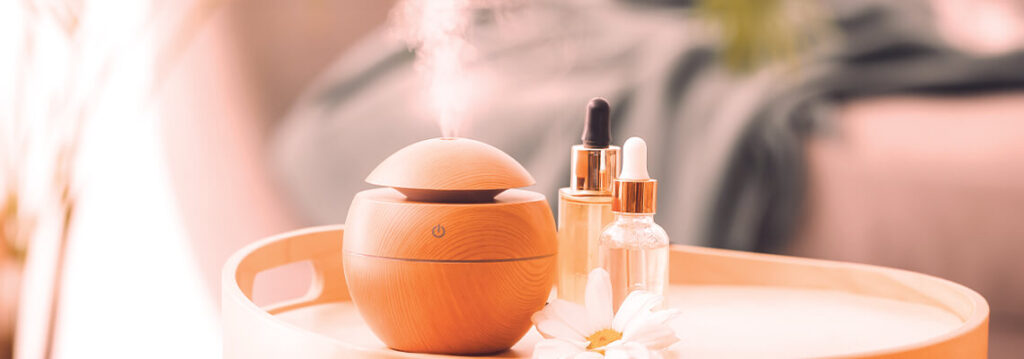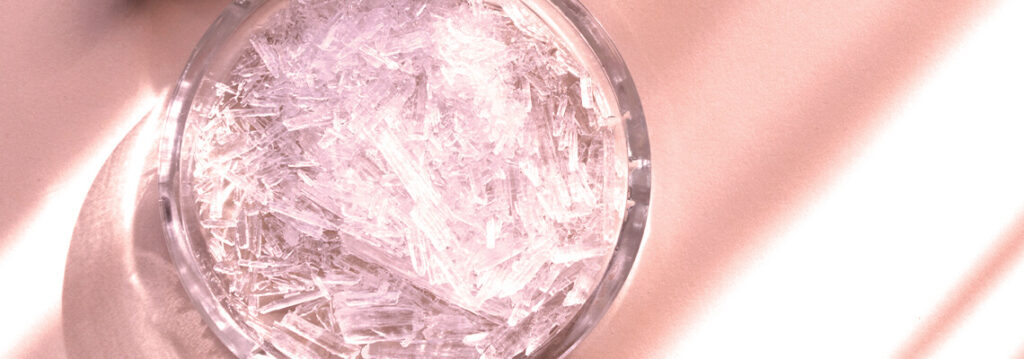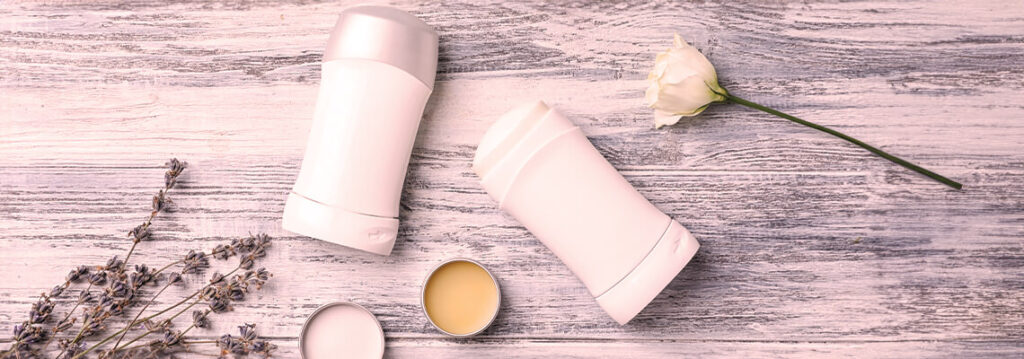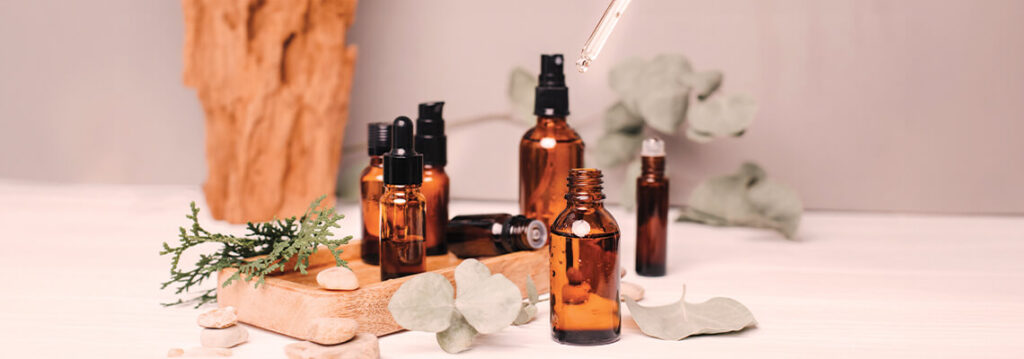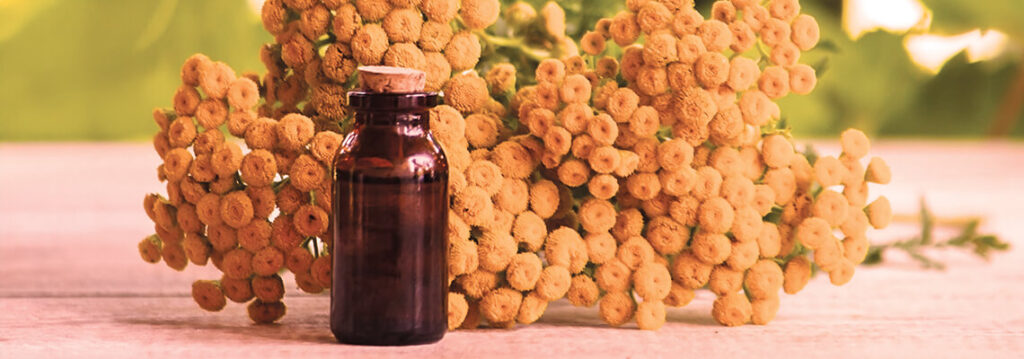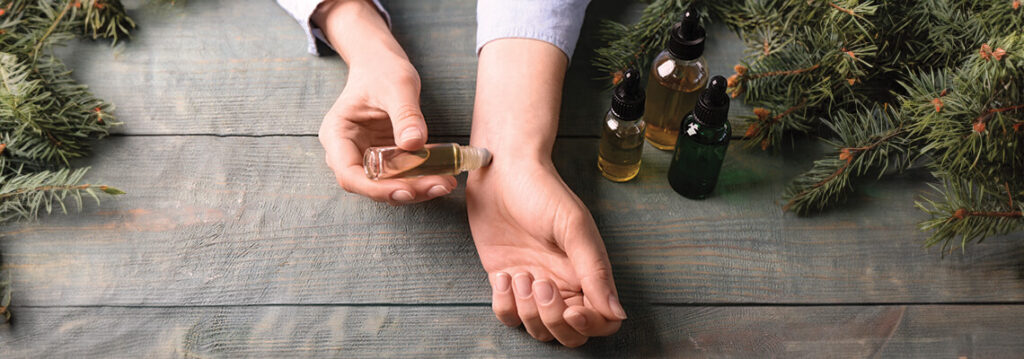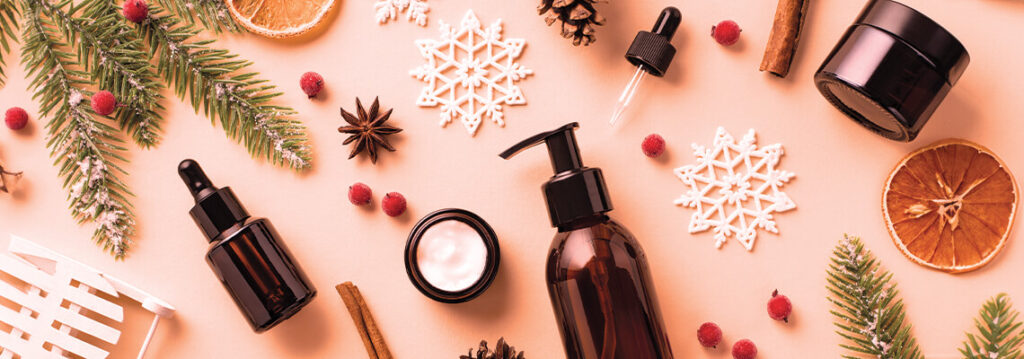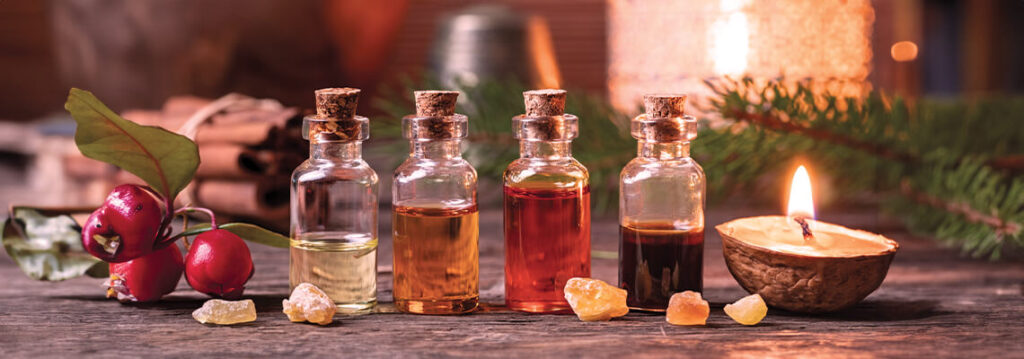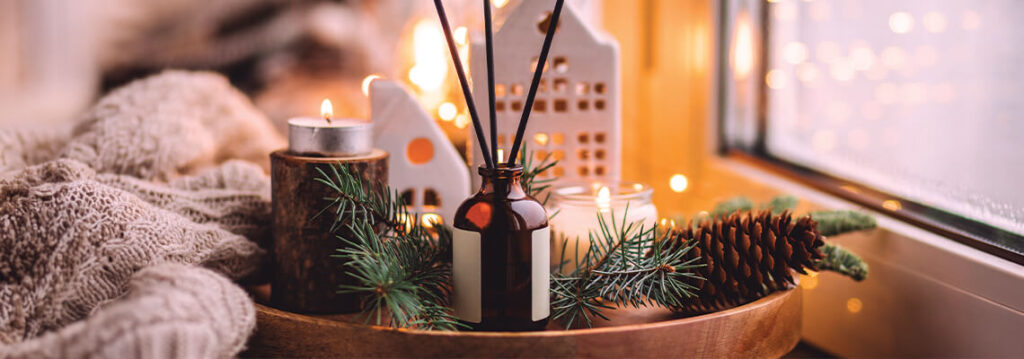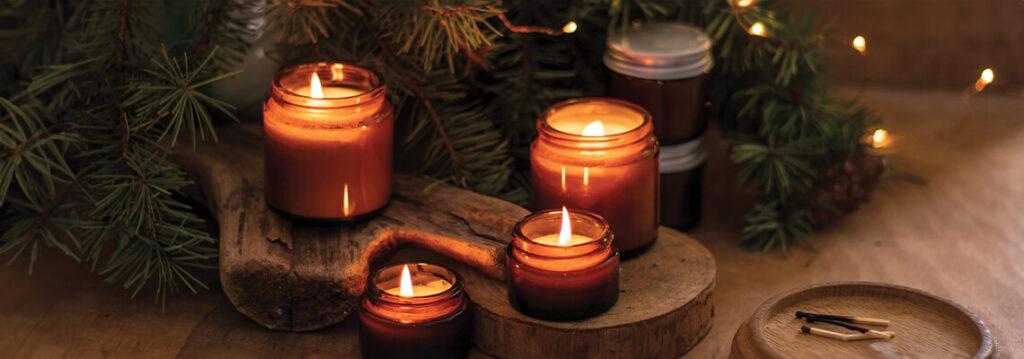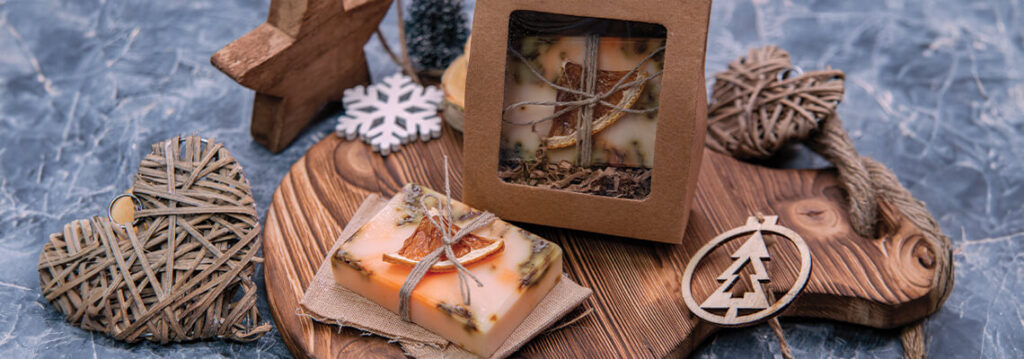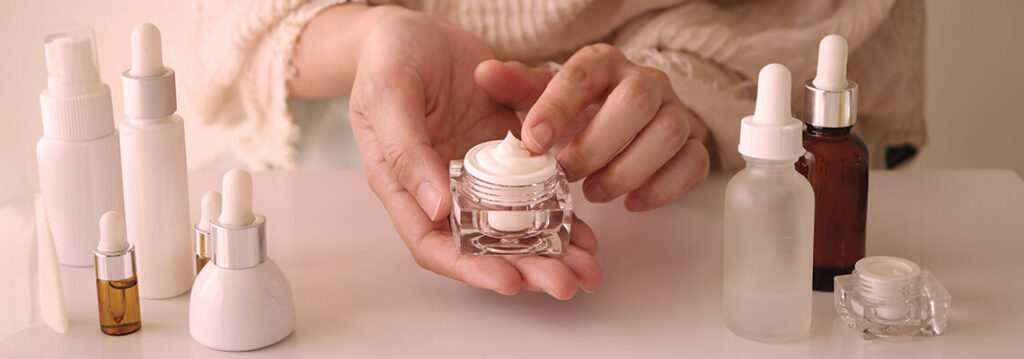DIFFUSER BLENDS FOR THE HOLIDAYS
Essential Oil Diffuser Blends are a great way to enrich your senses, brighten your space, and comfort your spirit. Discover the best aromatic Essential Oils that resonate with the holidays and find ways to gift unique diffuser blends to loved ones.
DIY CHRISTMAS SOAP RECIPES
Handmade soaps make a charming and thoughtful gift during the holidays. Create holiday-inspired soaps using Melt & Pour Soap Bases and additives like essential oils, colorants, herbs, and butter, and find creative ways to wrap your handmade gifts.
DIY CHRISTMAS CANDLE GIFT IDEAS
The holidays are the perfect time to light cozy and warm candles that are scented with the earthy, spicy, and sweet aromas of Christmas. Discover festive and aromatic candle recipes, as well as unique decorations that are sure to bedazzle any home.
RICE BRAN OIL
Rice Bran Carrier Oil is derived from a rice grain’s Bran, a layer with high oil content. Discover the various uses of this cleansing, softening, nourishing oil that is obtained from a staple diet item for over half the world.
Trending Now
PET FRIENDLY ESSENTIAL OILS
Essential Oils for Cellulite
CARRIER OILS GUIDE
HOW ESSENTIAL OILS ARE MADE
FRANKINCENSE OIL RECIPES
OILS FOR HEALTHY AND STRONG NAILS
ESSENTIAL OILS FOR FOOT CARE
ESSENTIAL OILS FOR INDOOR AIR QUALITY
MENTHOL CRYSTALS
DIY NATURAL DEODORANTS WITH ESSENTIAL OILS
BLENDING AND DILUTING ESSENTIAL OILS
NATURAL ALTERNATIVES FOR PETROLEUM JELLY
HELICHRYSUM OIL
ESSENTIAL OILS FOR SKIN
Fall Recipes
HOLIDAY SELF-CARE
ENTERTAINING WITH ESSENTIAL OILS
ENCHANTING ESSENTIAL OILS FOR VALENTINE’S DAY
TOP 10 ESSENTIAL OILS FOR THE COLD WEATHER
DIFFUSER BLENDS FOR THE HOLIDAYS
HOW TO MAKE A LOVE POTION
DIY CHRISTMAS CANDLE GIFT IDEAS
DIY CHRISTMAS SOAP RECIPES
NATURAL INGREDIENTS FOR WINTER SKIN CARE
Disclaimer
The information in this document is obtained from current and reliable sources but makes no representation as to its comprehensiveness or accuracy. Information posted on this website may not always have undergone verification/validation by New Directions Aromatics Inc (NDA). Nothing contained herein should be considered as a recommendation by New Directions Aromatics Inc. as to the fitness for any use. While every effort is made to provide accurate information, NDA shall not be liable for any errors in these postings or for any actions taken in reliance thereon. New Directions Aromatics Inc. shall not be responsible for any damages resulting from use of or reliance upon this information.
The user of the product is solely responsible for compliance with all laws and regulations applying to the use of the product, including the intellectual property rights of third parties. Customers may use the information from NDA only with the clear understanding that all products must be used at their own discretion and only after referring to the Material Safety Data Sheets (MSDS) and all other relevant technical information specific to the product. New Directions Aromatics Inc. shall not be responsible for any damages, adverse reactions, negative effects, or consequences resulting from use of or reliance upon this information.
Desired results might not always be achieved due to variations in ingredients, temperatures, errors, omissions, or individual ability to follow instructions. As the ordinary or otherwise use(s) of this product is outside the control of NDA, no representation or warranty – expressed or implied – is made as to the effect(s) of such use(s) (including damage or injury) or the results obtained. The liability of New Directions Aromatics Inc. is limited to the value of the goods and does not include any consequential loss. Further, New Directions Aromatics Inc. is not responsible for the comments made in the customer reviews, nor when products are used in ways not suitable to their purpose (for example, fragrance oils in toothpaste; bath salts in metal containers; additives used in larger amounts than recommended).
Please note, the International Federation of Aromatherapists do not recommend that Essential Oils be taken internally, unless under the supervision of a Medical Doctor, who is also qualified in clinical Aromatherapy. In addition, Essential Oils must be properly diluted before use, in order to avoid any damages to property or adverse physical effects (including injury or bodily harm).
In the event of any dispute, the Customer hereby agree that Jurisdiction is limited to the province of Ontario.

